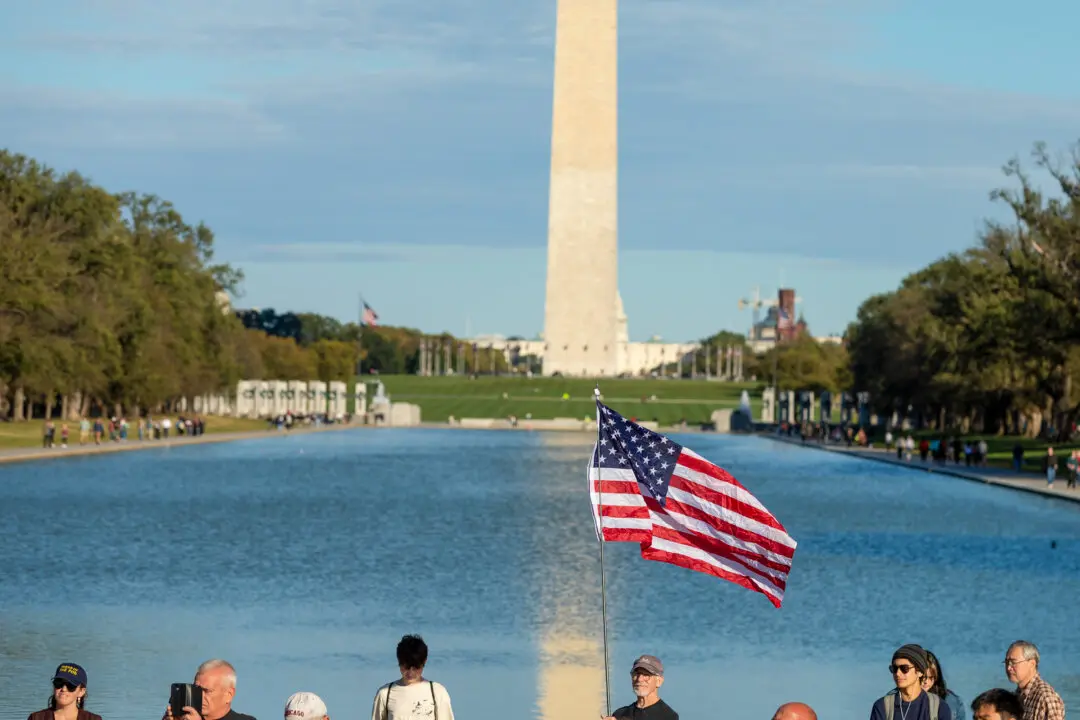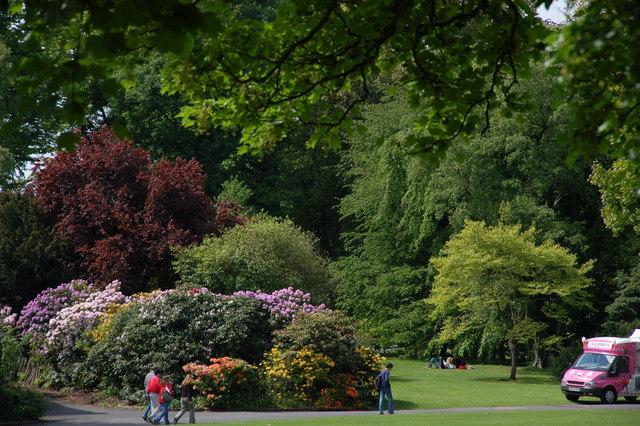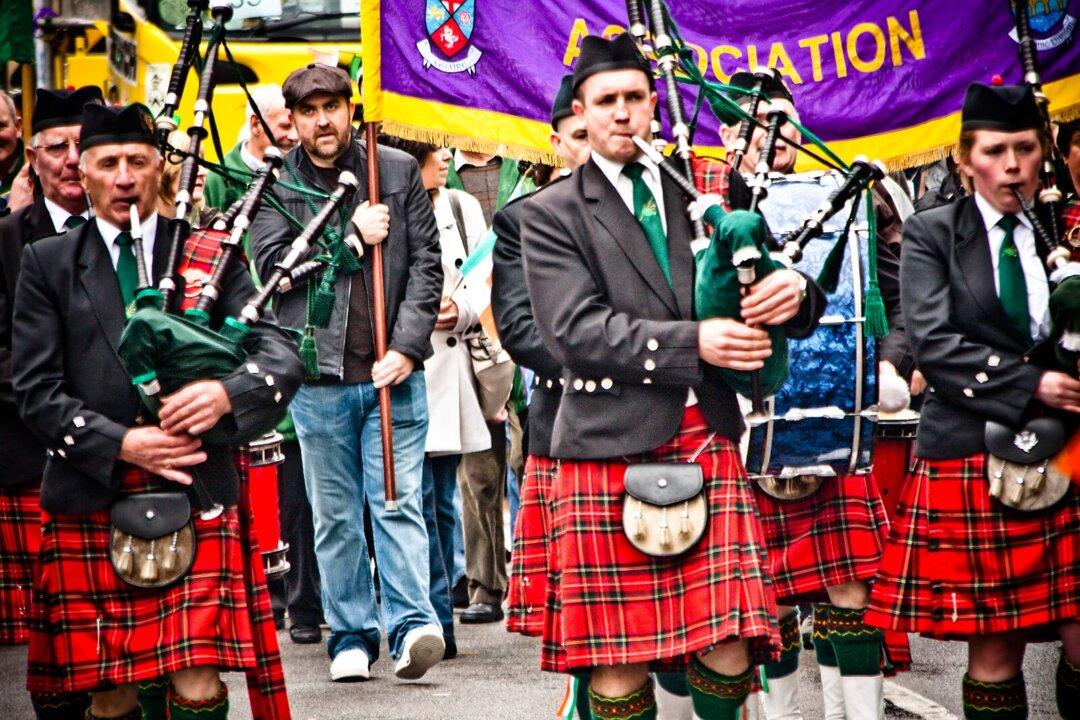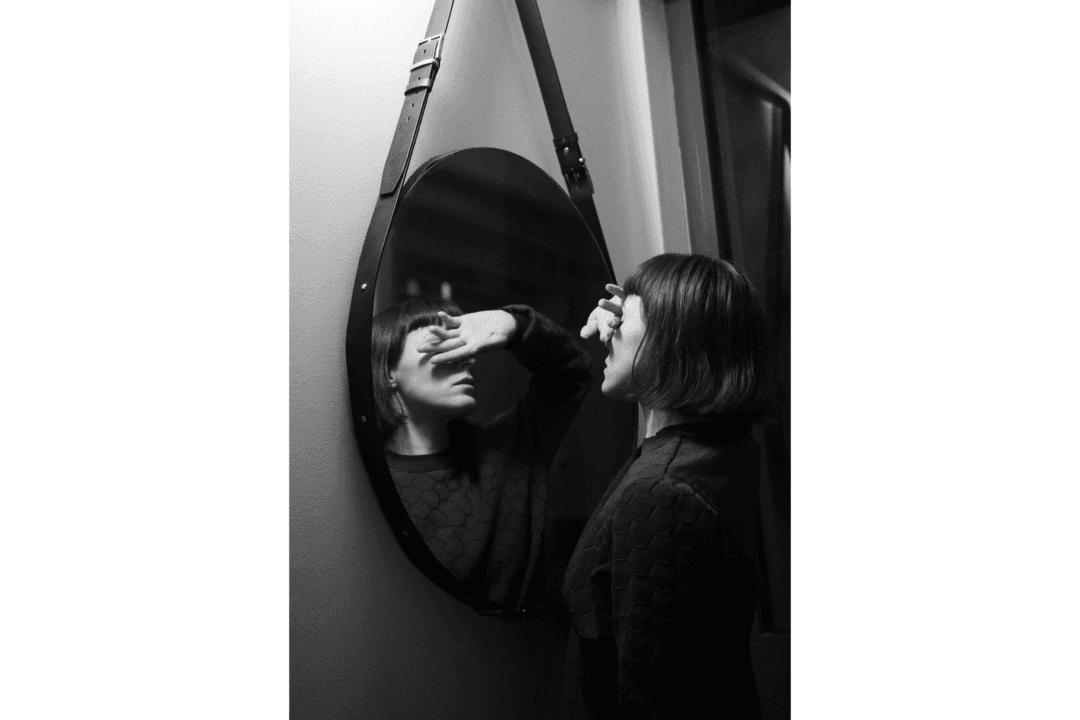Commentary
When Jon McNaughton unveiled his new painting, “Crossing the Swamp,” on July 31, he probably wasn’t expecting to get as much attention as he did, which included more than 14,000 Twitter comments, 20,000 likes, and news coverage from major outlets like Fox News, USA Today, and ABC News. What the incident reveals is a new awakening in the artistic world.






